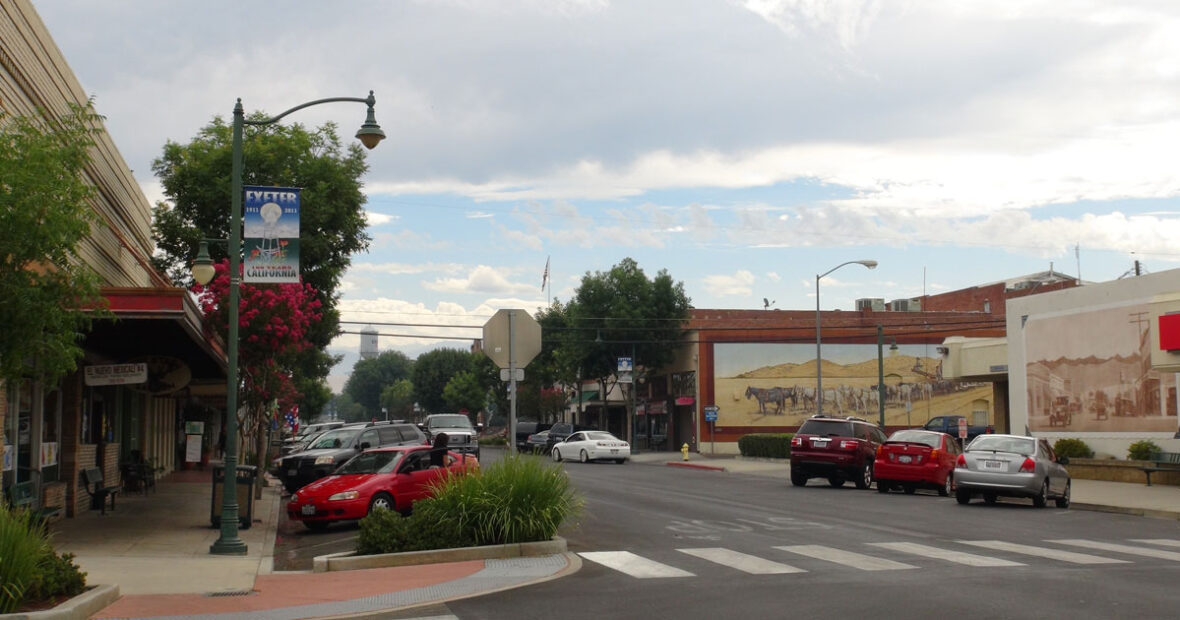Exeter is a city in Tulare County, California, United States. Take a look below for 15 awesome and fun facts about Exeter, California, United States.
1. It is situated in the San Joaquin Valley near the foothills of the Sierra Nevada mountains.
2. The population was 10,334 at the 2010 census.
3. Exeter is located on State Highway 65, 2 miles (3.2 km) south of Highway 198 and 15 miles (24 km) east of Highway 99.
4. The public school system in Exeter consists of: Exeter Union High School (9-12), the Wilson Middle School (6-8), Rocky Hill Elementary (K-5), Lincoln Elementary (K-5) and Kaweah High School (a continuation high school).
5. The 1999-2000 enrollment was: grades K-8, 1,936 and grades 9-12, 1101 students.
6. Before the arrival of European settlers, Yokuts settled around an area in an oak forest two miles north of Exeter.
7. The current town site was a plain that possessed elk, antelope, frogs, and deer.
8. Rocky Hill, to the east of the city, offered shelter to native tribes when the plain flooded.
9. Several caves on the hill contain petroglyphs, though some of the most important of these were destroyed by local vandals/looters and poorly managed and unsupervised steer.
10. The town site traces its roots to the construction of a railroad line through the San Joaquin Valley, by 1888 a line passed through the area.
11. A representative of the Southern Pacific Railroad, D.W. Parkhurst, purchased the land from an early settler, John Firebaugh, and formed the town which he named after his own hometown of Exeter, England.
12. The damming of the Kaweah valley during the 1930s provided a reliable source of water for agriculture.
13. Cattle ranching grew at the beginning of the 20th century, led by the Gill Cattle Company, which opened in the late 1800s and was once the largest such business in the United States.
14. The town incorporated in 1911. In October, 1929, Exeter was the site of a large Anti-Filipino race riot.
15. A mob stormed a Filipino work camp, bludgeoning 50 Filipino laborers and burning their camp to the ground.




